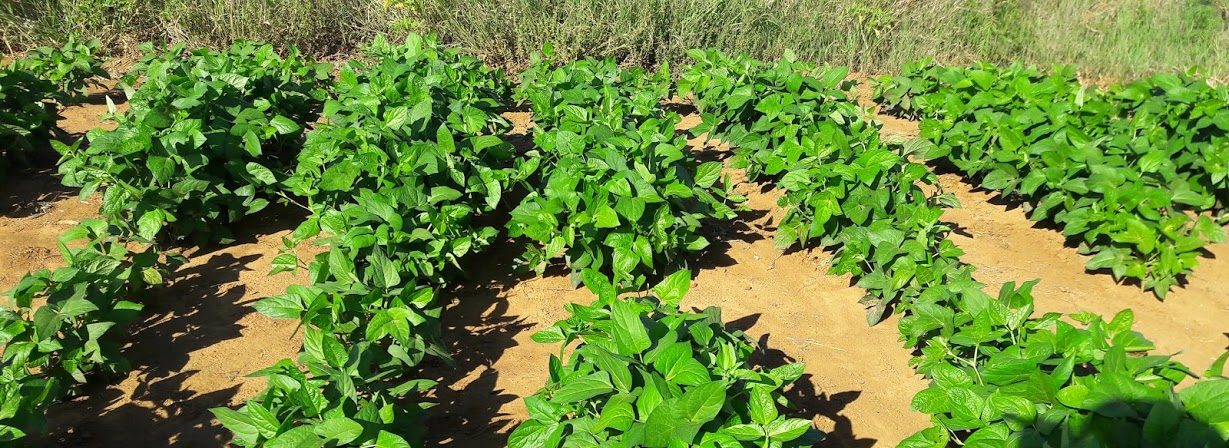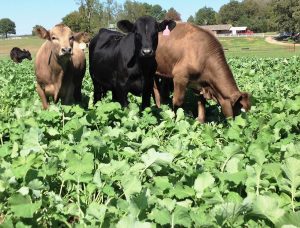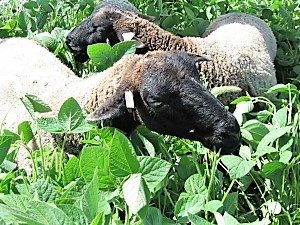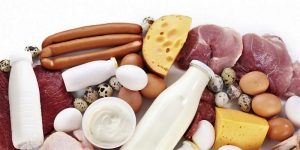Seasonal feed scarcity and feed quantity
Ideally, forage production should match livestock feed requirements all year round for optimum livestock productivity. However, seasonal shortages of feed has been identified as a major constraint to livestock productivity (Smith, 2002) (Abate et al., 1993) .
The rainy season and the warm season are associated with high biomass production which influences high feed availability and improved livestock productivity (Leonard, 2015). The dry season and the cool season are associated with low biomass production, which lead to high feed scarcity and deceased livestock productivity as the available feed fail to meet livestock nutrition requirements (Lukuyu et al., 2009). The resulting livestock nutrition stress negatively impacts smallholder farmers livelihoods as milk and other livestock products sales decline due to low productivity.
The feed scarcity problem is worsened by lack of farmers’ knowledge on locally available feed interventions which can be adopted to increase or maintain productivity during the dry season or cool season (Lukuyu et al., 2011). Feed scarcity can be addressed through targeting feed option which can close the feed gap during the dry or cool season. For instance, hay-making and silage-making are attractive options which can be adopted in seasons characterized by high biomass production to close the feed gap in seasons with low biomass production (Simbaya, 2002).
Feed quality
The important feed resources for the mixed farming systems are crop residue and natural pastures. However, these feed resources are often characterized by a low nutritive value or quality in the dry season (Simbaya, 2002). Therefore, poor quality feed falls amongst the major constraints of livestock productivity. Crop residues are associated with high fiber and low protein, which fail to support optimal microbial growth and match livestock nutrition requirements for increased productivity (Ball et al., 2001). This is an indication that farmers need of other feed options and interventions which will increase the feeding value of crop residues (Reed and Goe, 1989).
Various studies (Wanapat et al., 2009) (Sarnklong et al., 2010) (Roothaert and Paterson, 1997) have reported on interventions which can be adopted to improve the quality of feed . These interventions include chemical treatment of crop residues using urea, supplementing feed with energy-rich supplements such as molasses, supplementation of feed using protein by-products such as blood and bone and legume leaf meal and the use of fodder trees and shrubs. These feed options improve the nutritive value of feed by increasing digestibility, palatability and crude protein content (Israel and Pearson, 2000).



